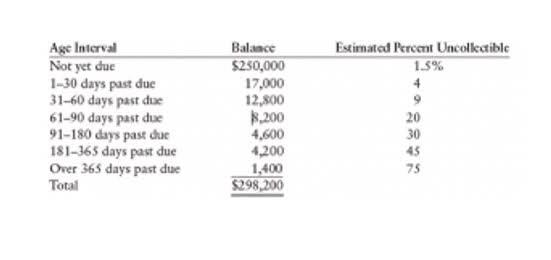
Essentially an accounting account is where all the transactions roll up for a group of items. For example, all adjusting entries of the equipment transactions may roll up into an account called Property, Plant & Equipment (“PP&E”) on the balance sheet. A negative amount in the T-account indicates a credit balance, which is later posted to the financial statements and next year’s accounts. Once done, check your answers against the solution further below.

Examples for Using T-Accounts
- After a few days of receiving the invoice for the rent, i.e., on April 7th, 2019, Mr. X makes the same payment.
- For example, all of the equipment transactions may roll up into an account called Property, Plant & Equipment (“PP&E”) on the balance sheet.
- My inventory is reduced each time I sell a coffee so I need to credit the inventory account by 50p, reducing its value.
- For different accounts, debits and credits can mean either an increase or a decrease, but in a T Account, the debit is always on the left side and credit on the right side, by convention.
- He is the sole author of all the materials on AccountingCoach.com.
- While T accounts are useful for visualizing individual account balances, they may become cumbersome for complex transactions or large volumes of data.
The key financial reports, your cash flow, profit & loss and balance sheet are an organised representation of t accounts these fundamental accounting records. It’s these reports that you’ll be analysing to aid your decision-making process. For asset accounts, which include cash, accounts receivable, inventory, PP&E, and others, the left side of the T Account (debit side) is always an increase to the account. The right side (credit side) is conversely, a decrease to the asset account. For liabilities and equity accounts, however, debits always signify a decrease to the account, while credits always signify an increase to the account.
- On the other hand, credits would reduce expenses (not very common) – this could happen if you return supplies to a vendor and get a credit (reducing the expense).
- Since management uses these ledger accounts, journal entries are posted to the ledger accounts regularly.
- And the representation becomes easier with two different sides, called the debit and credit.
- They are a useful tool for both newcomers to accounting and veteran accountants alike to quickly map out the correct way to record a transaction.
- Tools like bank reconciliation statements or automated accounting software streamline this task.
- Your profit & loss organises your revenue and expense accounts whilst your balance sheet organises your asset, liability and equity accounts.
- Additionally, they require manual entry and may not be as efficient in computerized accounting systems.
Discover more from Accounting Professor.org
Then, the journal entry is moved into the ledger, in the form of a T account. If you’re new to the balance sheet, understanding each of its components can seem like an overwhelming and complicated ordeal. This prepaid £6000 represents an asset because my landlord owes me 3 months usage of his property since I have paid rent in advance. I now have three month’s worth of rent paid for, so my prepayments (prepaid Interior Design Bookkeeping rent) account is debited £6000. They are a useful tool for both newcomers to accounting and veteran accountants alike to quickly map out the correct way to record a transaction. If you remember from part 1 and part 2, we went through how every debit must have a matching credit and vice versa.
- When starting out in accounting, T accounts can help you make sense of transactions in an account.
- T accounts, a fundamental concept in accounting, are like the bread and butter of financial record-keeping.
- If you’re filing your own taxes, you can use T-accounts to organize your income and expenses.
- The debit entry of an asset account translates to an increase to the account, while the right side of the asset T-account represents a decrease to the account.
- The White House declined to comment after being presented with WIRED’s findings, but the accounts appearing to belong to Waltz and Wiles went fully private following WIRED’s inquiry.
- T-accounts may fail to capture the full picture in business scenarios involving multiple accounts and numerous transactions.
What role do T accounts play in financial analysis?
- But what goes where can depend on the type of account you’re dealing with.
- Every time you contribute money, you debit (increase) the account.
- My financial literacy journey started with a healthy dose of confusion around these mysterious T accounts.
- One of the best accounting software for small businesses today is Deskera.
However, since debits and credits are entered at the same time, these kinds of mistakes can be easier to catch if the accountant checks his numbers after every journal entry. A T Account is the visual structure used in double entry bookkeeping to keep debits and credits separated. For example, on a T-chart, debits are listed to the left of the vertical line while credits are listed on the right side of the vertical line making the company’s general ledger easier to read.
Equity
One of the best accounting software for small businesses today is Deskera. That’s why most businesses prefer automating their finances with cloud accounting software, instead. It is typically prepared at the end of an accounting period before financial statements are generated.



